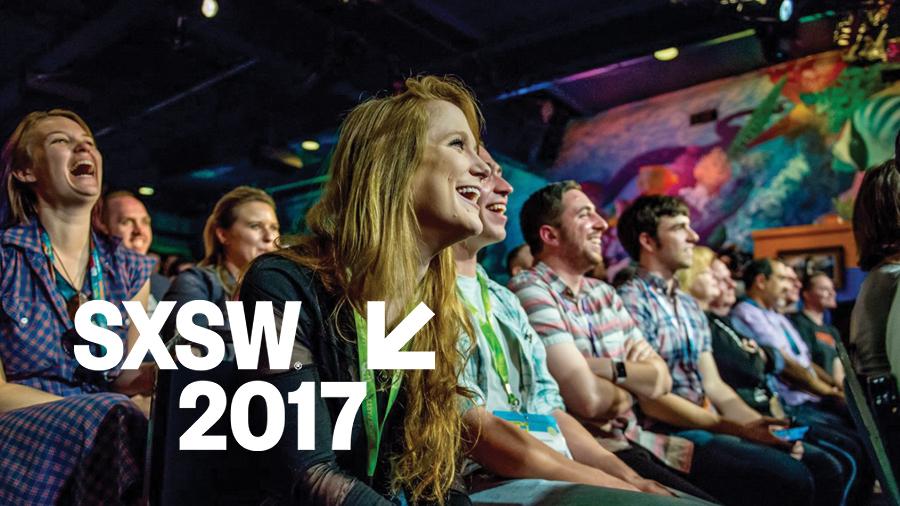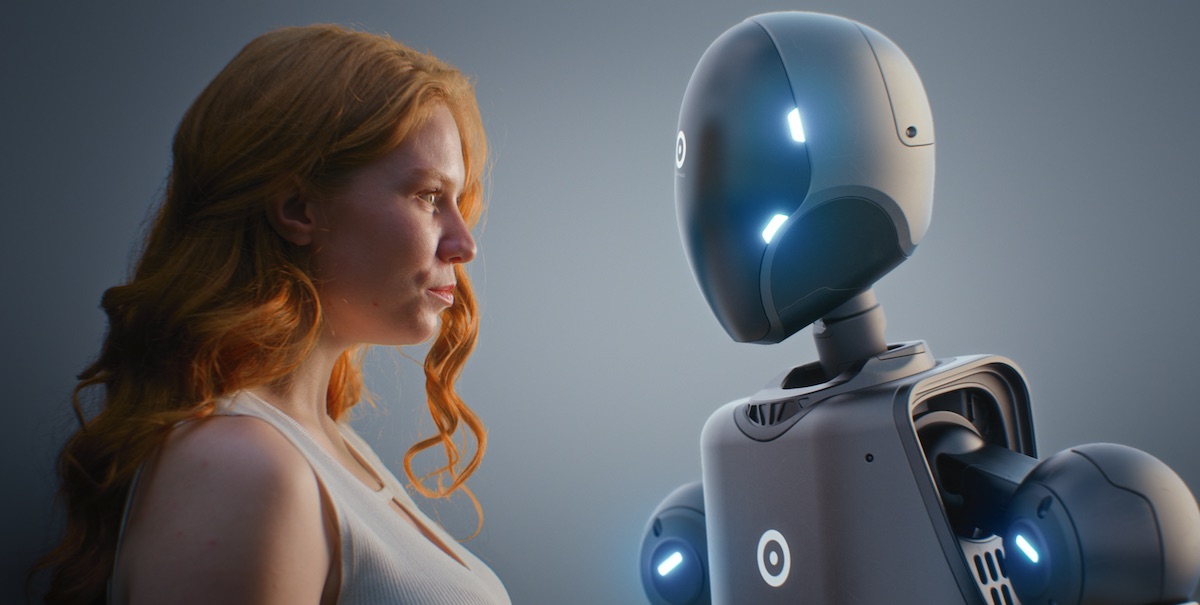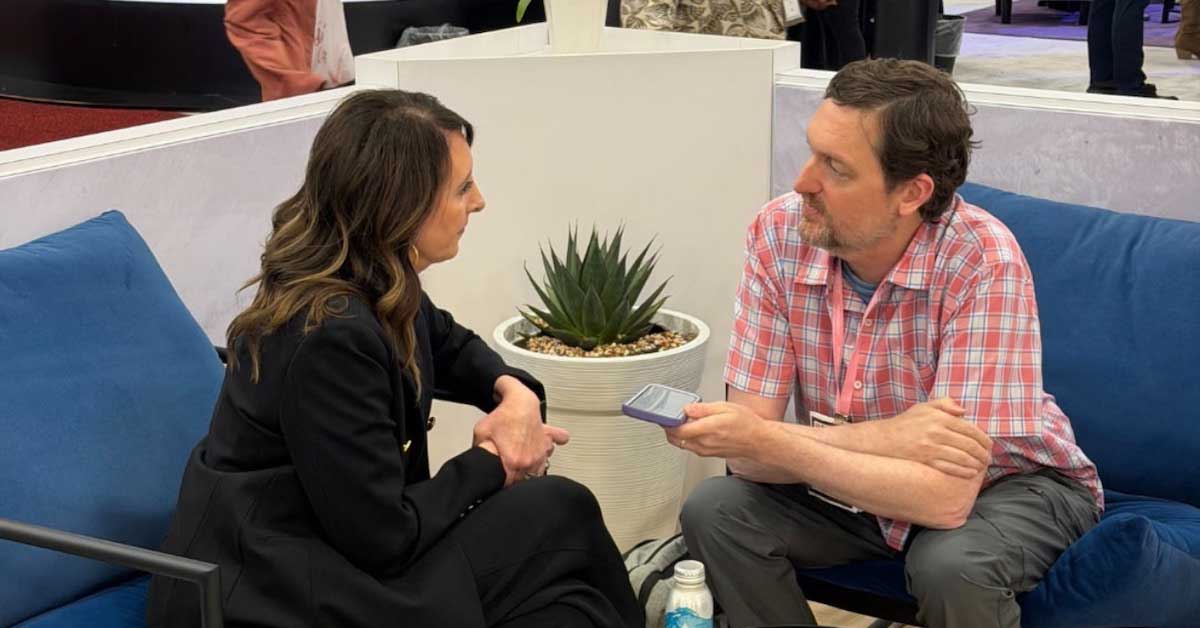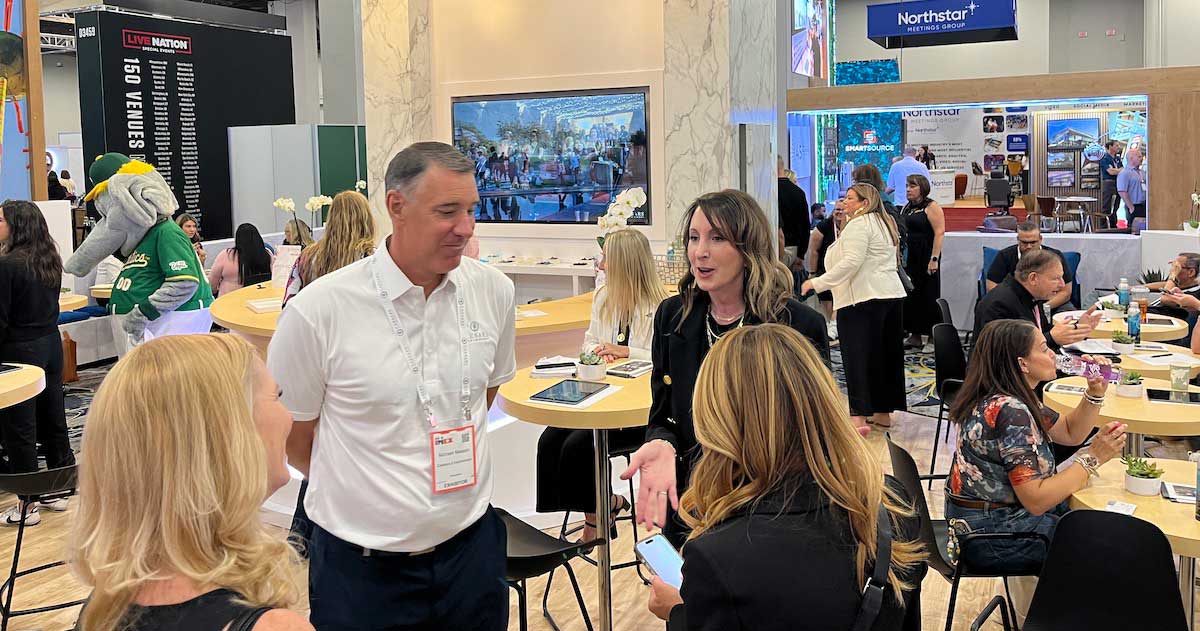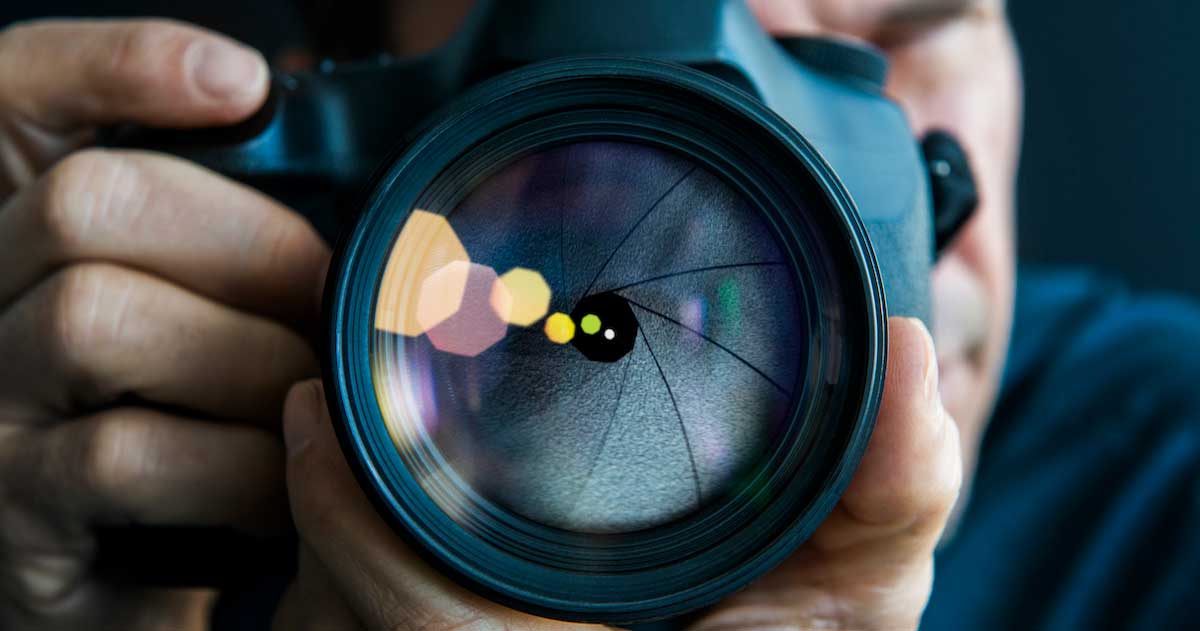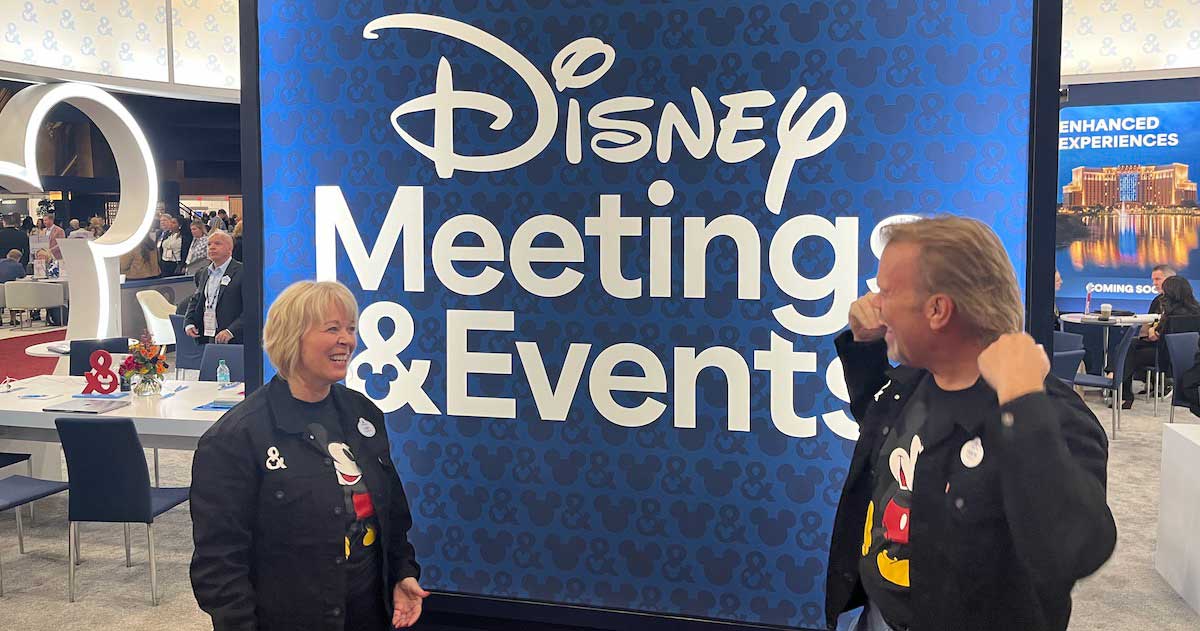Over 10 days in March, the city of Austin swells with more than 50,000 guests. About 2,100 bands and solo artists play on more than 100 stages across town, and thousands of volunteers are marshaled to maintain order as lines wrap around the block. Police officers are also on hand, just in case.
Then there are the movie debuts, virtual reality exhibits and video game competitions between parties that ply people with free food and drinks and the chance to pitch your startup idea. It’s South by Southwest (SXSW), an annual event that draws members of the interactive, film and music industries to Texas and has an economic impact for the city of Austin that event organizers say rivals the economic impact of a Super Bowl.
About a dozen meeting professionals joined the melee for a few days this year for a behind-the-scenes look at the sprawling event as a part of MPI’s Experiential Event Series. The group met on Wednesday, March 15, outside of the SXSW Trade Show at the Austin Convention Center, where rows of elaborate booths attracted curious visitors. But, says Dana Kirkhart, CEM, of Freeman Company, “If you come back here tomorrow, it will look completely different.”
As she and Barbara Glaser Fryer of Freeman AV ushered the group through the back of house on the loading dock to a theater they had built from the ground up in a bare ballroom, Kirkhart explained how quickly their teams flip sets and stages as the festival’s focus shifts from interactive and movies to music and gaming.
“We have a couple of tough nights,” Kirkhart said.
When the group met with SXSW Safety Manager John Badcock two days later, he could empathize. He hurried into the event’s command center that morning only hours after he had left for the night. Three blocks from the convention center, the command center at the Hilton Garden Inn houses the SXSW staffers who monitor the conference on live camera feeds, field phone calls and dispatch volunteers and employees in response to reports.
A big map of the city was hanging on one wall, outlining six city zones and street closures. Across the room, eight screens showed weather maps and feeds from city cameras mounted around Austin so that organizers could monitor what was happening at major venues.
A schedule of the day’s events on one of the screens anticipated possible problems that could result from popular shows, such as long lines spilling into traffic. There were 6,968 music, film, interactive, comedy and gaming events this year, said Danny Salas-Porras, a senior planner for SXSW. Over the years, conference organizers have tweaked the status quo depending on what they’ve noticed from their perch in the command center.
A big-picture perspective is essential to managing such a complicated event, Badcock said. If they find out from a booker that Rihanna has been added to a lineup, for example, they can funnel security and volunteers to the venue from less popular shows before crowds overwhelm the infrastructure.
The event relies on volunteers as a first line of defense to “tidy up messy lines” and keep venues running smoothly, Badcock said, but on Friday and Saturday nights, the conference taps police and licensed security instead.
Austin police officers are employed by the conference and act as a buffer between the event and the city. It frees organizers from clogging 911 to report minor offenses that are disrupting the flow of the festival. They provide “low-key law enforcement,” Badcock said.
Experiential Event Series participant Ken Cretney, CEO of B.C. Pavilion Corporation, said he was surprised he didn’t see more of a police presence on the streets. The conference has a close relationship with law enforcement, and the FBI and the U.S. Department of Homeland Security are looped in for big threats, Badcock explained, but organizers balance security with the event’s atmosphere—they don’t want SXSW to feel like a police state.
After lunch that day, Mike Shea, chief logistics officer for SXSW, met the group back at the convention center and led members through a labyrinth of pipe and draping in the production village the operations behind more than 3,500 events were headquartered.
SXSW was the first major client to use the Austin Convention Center in 1993, Shea said. Previously, the festival had hunkered down in hotels, and organizers were inexperienced at running an event from such a large municipal facility, he said. But the conference has evolved from a scrappy music festival into a well-oiled machine, and they’ve benefitted from working closely with the city.
The festival’s largest music venue is a seven-acre park the city owns where SXSW puts on free concerts for anyone, not just badge holders. Catlin Whitington, planning manager for the festival, said Auditorium Shores on Lady Bird Lake had a capacity of about 15,000 on Friday night and 20,000 on Saturday. “We try to use as much of the footprint around here as we can,” he said.
They started building the stage there on March 13, less than a week before the first act. The stage folds out of a semi-truck that’s then outfitted with stacks of subwoofers and line arrays, Whitington said. It was flanked with vendors, including a lounge that served liquor separate from beer and wine to minimize risk and keep insurance premiums down. And because the concert was open to the public, SXSW provided a raised deck with free drinks as a perk to people who paid for a badge.
Garth Brooks was Saturday’s headliner, but he also played a surprise show at the Broken Spoke honky tonk, which can hold about 600 people. That’s part of the beauty of SXSW, Whitington said. Because there are so many performances each day, bigger acts can perform in smaller venues without causing chaos.
For Experiential Event Series participant Kat Chapman (MPI Potomac Chapter), who works on the strategic development team at Search for Common Ground, SXSW was an ideal place to glean ideas and insight into the production behind a show as she tries to organize concerts for her nonprofit.
“I’m definitely absorbing stuff that will be useful going forward,” she said.
On Saturday morning, when Shea met with the group again at the JW Marriott for a casual conversation about the festival, he recalled when SXSW put on its first shows. About 700 people registered when the event debuted in 1987. Back when SXSW was more “bootstrappy,” he said, “700 seemed like a whole lot.”
Experiential Event Series participant Gretchen McHale (MPI Philadelphia Chapter), director of sales at Live Nation in Philadelphia, said she didn’t anticipate the complexity of event production on the scale of SXSW. “So many moving parts,” she said. “It’s amazing.”
SXSW started solely as a conference, trade show and festival for the music industry, but now the interactive component attracts the most attendees, Shea said. The growing size of the event is an ongoing challenge. But he thinks “there’s always room for one more.”
Shea, who started working for SXSW in 1990 and now is an owning partner in the company, described himself as an old-school event planner—an old dog trying to learn new tricks. But the biggest lesson from his career has been to treat everyone from the janitor to the engineer to the head of sales with respect. “Say hi,” he said. “People appreciate the fact that you show your appreciation for what they do.”
He planned to take a few days off after the event but he described the reprieve like a rolling stop at an intersection—you never really do.
